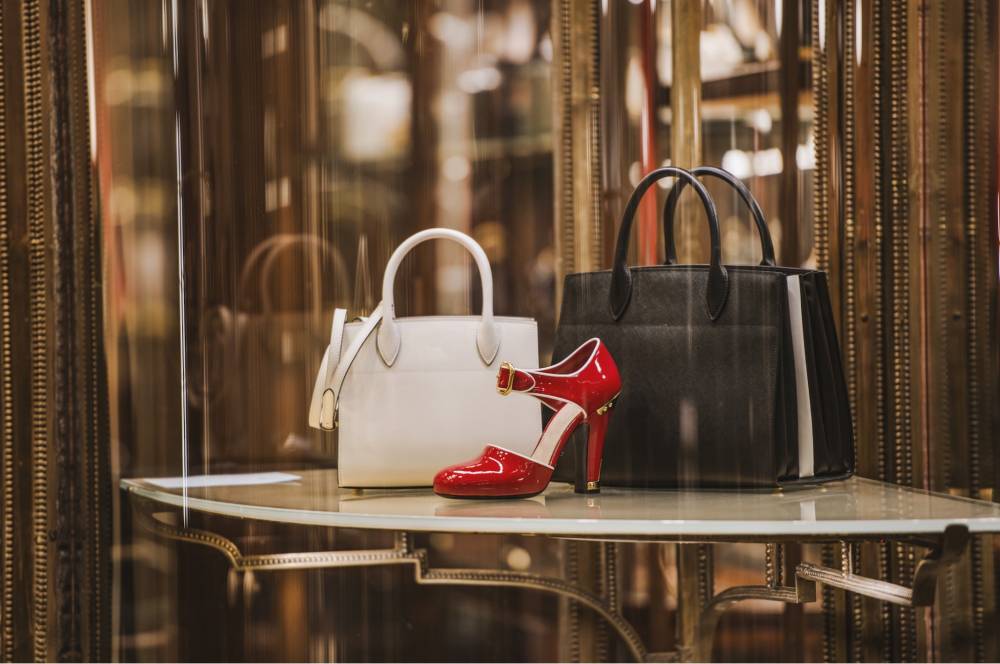
Last month Chanel announced yet another price increase marking a total of four price hikes in the past 12 months. Since November 2019, the price of Chanel’s Medium Flap Bag in the U.S. has increased by 60 percent and goes for nearly the price of the Cadillac of designer bags, the Hermès Birkin, at a whopping USD $8,800 today. Of course, price increases are nothing new, but the exponential rate in which fashion houses are increasing the retail price of their goods is nothing short of unparalleled and a trend luxury enthusiasts have had to grow accustomed to.
If you ask the brands: as production costs surge, brands respond by increasing their prices. Inflated raw material, manufacturing and transportation costs caused by global supply chain issues brought on by the pandemic are largely the culprit for the price hikes. A decline in sales in 2020 also factors in. Chanel suffered a large decline in international sales, especially from customers in China. A spokeswoman from Chanel has attributed the rising prices to production costs, exchange – rate fluctuations and to ensure its handbags cost roughly the same around the world.
If you ask the market experts: there is another part of the story as well. Luxury analysts have attributed the rise in Chanel prices to an overall corporate strategy that aims to increase demand and establish exclusivity. In addition to price increases the brand has instituted purchase limits which is , “like telling consumers, if you can purchase a handbag, you belong to the club,” Gachoucha Kretz, associate marketing professor at business school HEC Paris, said. “Its iconic bags are best sellers.”
As shoppers look for more affordable options they often seek out the secondary market for alternatives to firsthand retail options. According to Neri Karra, an Associate Professor of strategy and entrepreneurship at IESEG School of Management in Paris “Luxury brands have also recognised this market [is one] to capitalise on: consumers who still want their products, but cannot afford the price tags of the brand-new ones,” Karra explains. “This is the reason we see things like the Kering Group investing into the second-hand Vestiaire Collective.”
If you are in the market for a luxury item on the secondary market we suggest checking out the Entrupy Verified Business directory. There are resellers listed from all over the world, you might just find that bag you are coveting, for a fraction of the original retail price.